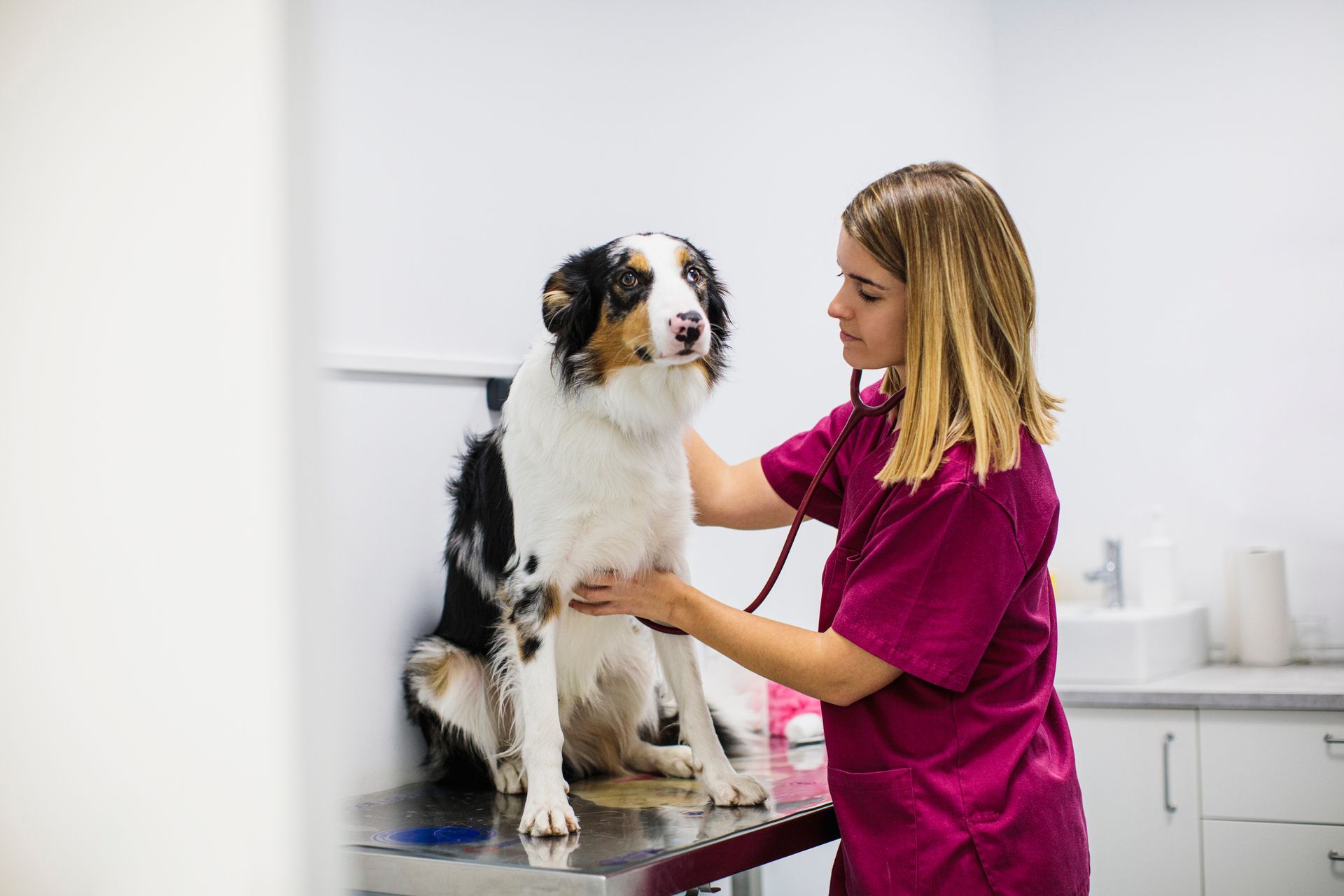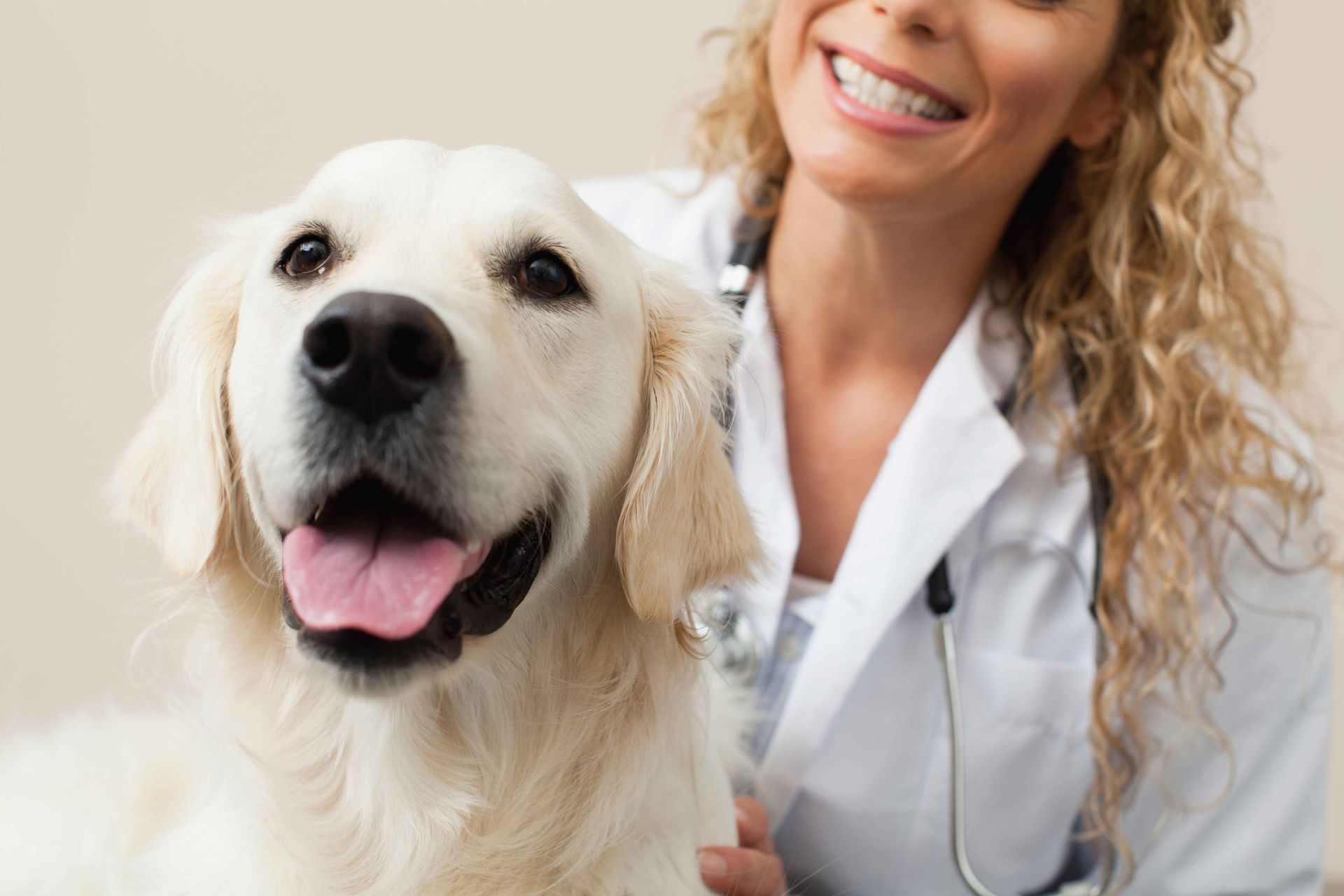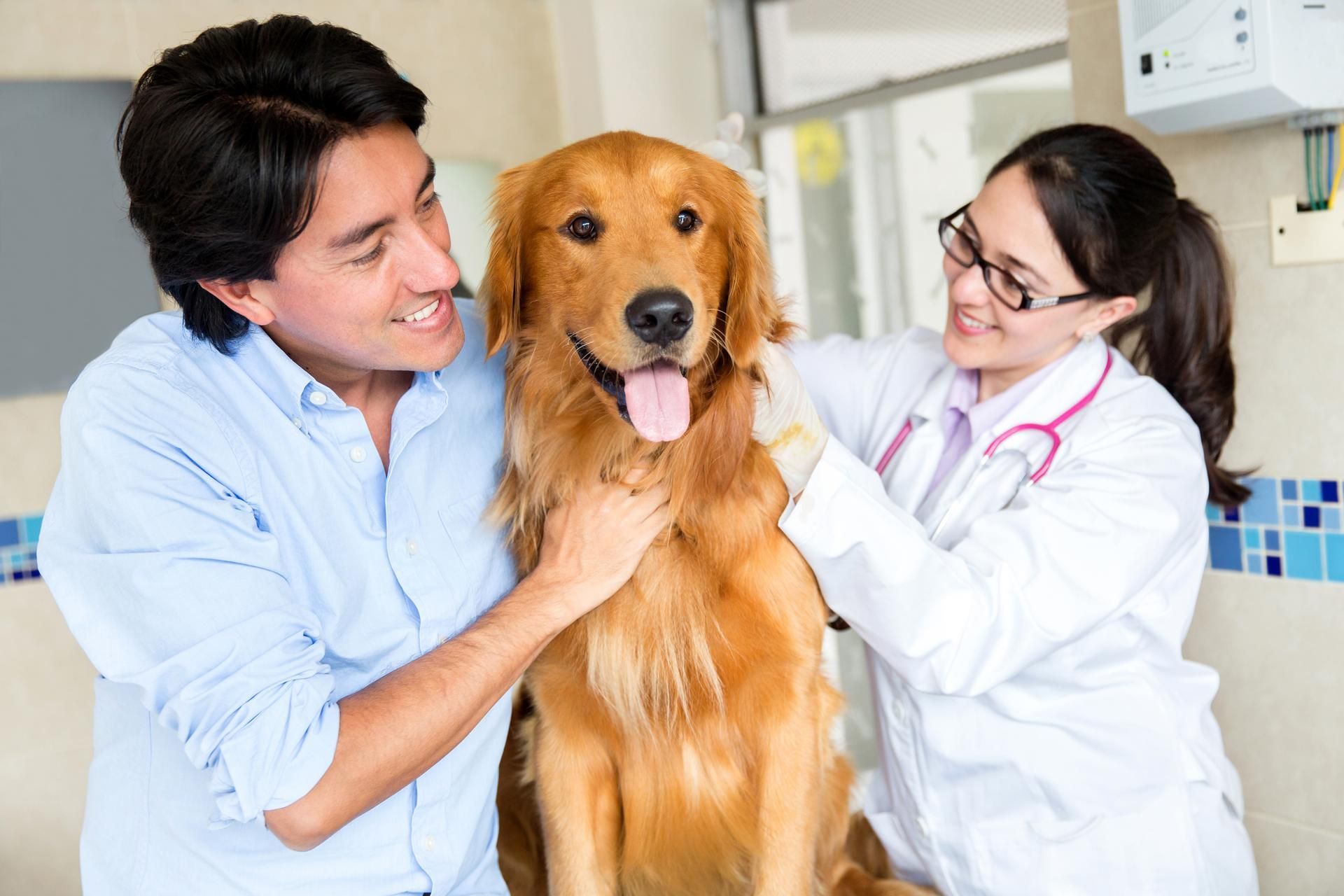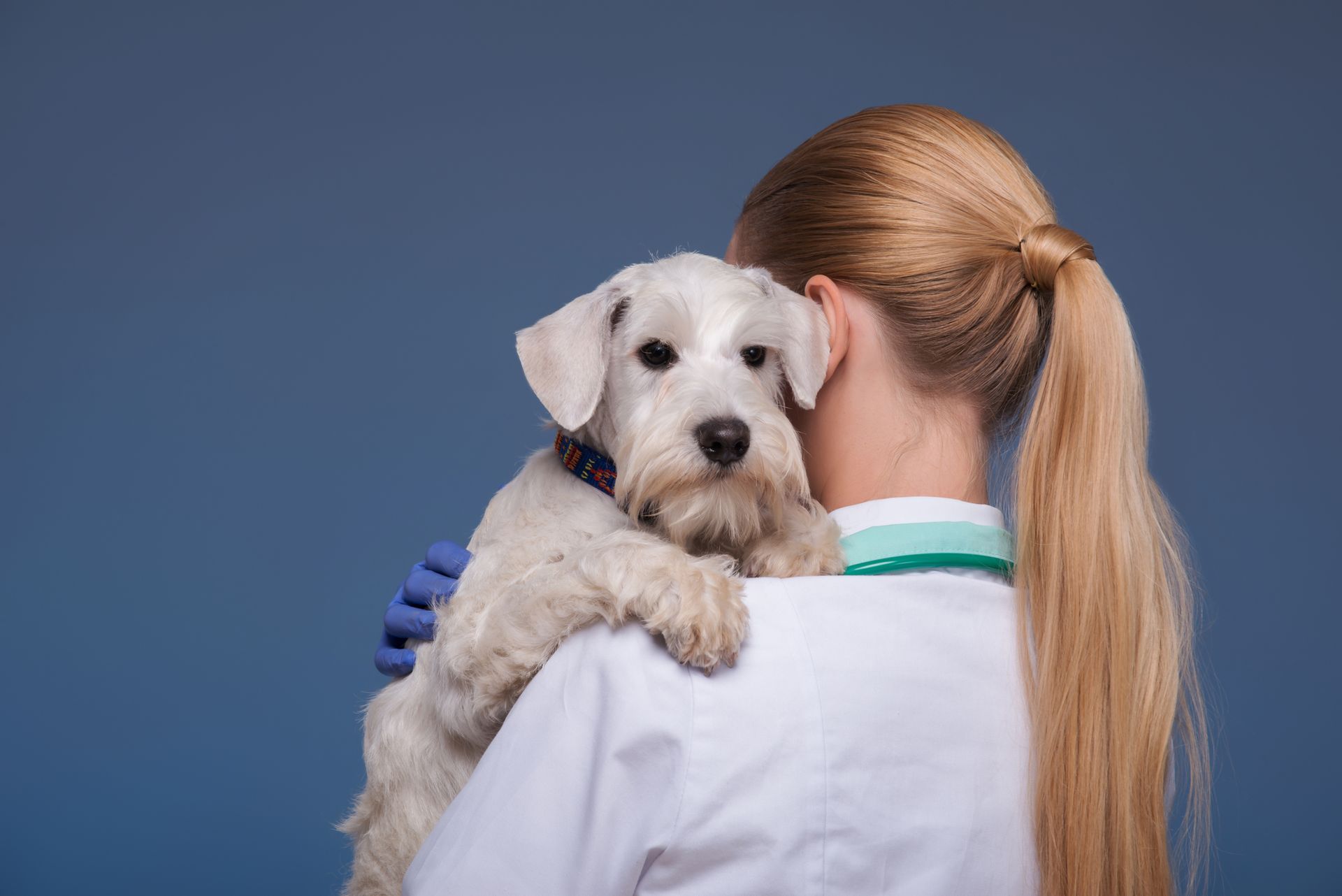Cold-Weather Care for Pets: 6 Helpful Tips

Seattle may not see the frigid temperatures or howling winter winds endured by some other parts of the northern U.S., but it can and does experience cold weather. As the thermometer mercury drops, the risk associated with colder weather can rise, not only for exposed humans but also for their beloved pets.
You can give your pet a safer and more comfortable winter once you recognize the potential dangers and take steps to minimize them. The following six tips may prove helpful.
1. Bring Your Pet Indoors
Dogs and cats don't have any special immunity to the cold, despite their fur coats. Even pets with thick double coats need protection against the elements. Prolonged exposure can cause paws, noses, and ears to develop frostbite. Your pet's body temperature may also drop dangerously low (a condition called hypothermia).
Bring your pet indoors and leave them indoors as much as possible, except for exercise or bathroom excursions.
As you prepare to move your pets indoors, make sure that your heating devices don't pose any fire or electrocution hazards. Keep heaters out of paw's reach, hide electrical cords, and keep your fireplace screen closed.
2. Create a Warm Outdoor Nest
Even if you can't keep your dog indoors, you can still create a warm nesting ground to keep it safe against the worst of the cold weather. A garage unoccupied by vehicles can make an ideal enclosed space. You can also pile warm blankets into a doghouse, using a dry, wind-blocking blanket tacked over the door.
If you decide to fix up your garage as your pet's winter residence, remember to remove any harmful chemicals and clean up any puddles of antifreeze from the garage floor. The ethylene glycol in antifreeze not only poisons pets when ingested, but it also has a sweet taste that attracts curious animals.
3. Protect Your Pet's Paws
An especially strong cold snap can threaten to coat streets and driveways with ice or snow. To help prevent personal injuries and traffic collisions, city authorities may use de-icing compounds. Common ingredients in these compounds include potassium, magnesium, or sodium chloride as well as a variety of calcium salts.
These substances may prevent your pet from slipping on ice, but they can also present health challenges of their own. Salts can create severe irritation on the sensitive pads of your pet's paws. Accidental ingestion (due to licking the irritated paws) can cause severe gastrointestinal upsets.
Even in the absence of de-icing compounds, ice-cold or ice-covered surfaces can harm your pet's paws. For optimal protection against all these winter dangers, buy your pet a pair of protective booties that fit snugly, permit easy walking and balance, keep chemicals off of paws, and insulate against the cold.
4. Choose Pet Clothing Carefully
It might seem perfectly sensible to dress your pet in some sort of vest, sweater, or other protective clothing to keep the cold from causing hypothermia or discomfort. However, while this practice can indeed help, you must think carefully about what kind of clothing you put your pet in before braving the cruel outdoors.
Pet jackets and vests can come in a variety of forms, sizes, and styles. Choose one that protects your pet's body adequately. Sleeveless vests can offer greater flexibility and ease of use, but jackets with sleeves will provide greater coverage and better protection in the coldest temperatures.
Think carefully about the materials that go into your pet's protective gear. An ordinary unlined vest will protect against wind and slightly cold weather, but truly cold weather calls for synthetic or fleece insulation. Avoid cotton, as this fiber can make your pet feel even colder once it gets wet.
5. Watch Out for Cats Under Your Car
Cats left out in the cold like to snuggle up beneath still-warm motor vehicles. This habit can lead to tragedy if you start your car and put it into gear without realizing your pet's location. Even if you keep your own cat secured indoors, you could run over a neighbor's visiting pet by mistake.
On cold days or nights, always check under your car, shooing away any cats that may have decided to take shelter there. If you can't tell whether you have a cat underneath your car (or you can't persuade a feline stowaway to leave), honk your horn to create an alarm and prompt an immediate exit.
6. Know the Signs of Frostbite and Hypothermia
No matter how many preventative measures you may take, unanticipated exposure to cold can still leave your pet with frostbite or hypothermia. You need to recognize these conditions as soon as they occur so you can seek emergency veterinary treatment right away.
Frostbite occurs when the body reacts to extreme cold by concentrating its blood supply in the vital organs, sacrificing peripheral tissues in the extremities, nose, or ears. The skin may appear extremely red and then turn unnaturally pale. Your pet may also shiver in an effort to keep warm.
Hypothermia causes shivering and paleness just as frostbite does. It can also produce symptoms such as lethargy, balance problems, stiffness, slow heart or respiratory rate, dilated pupils, and unconsciousness.
South Seattle Veterinary Hospital can serve as your headquarters for all kinds of pet care, from 24-hour emergency treatment to preventative wellness advice. Contact our clinic today to learn more or to schedule care for your pet.
206-242-8338











